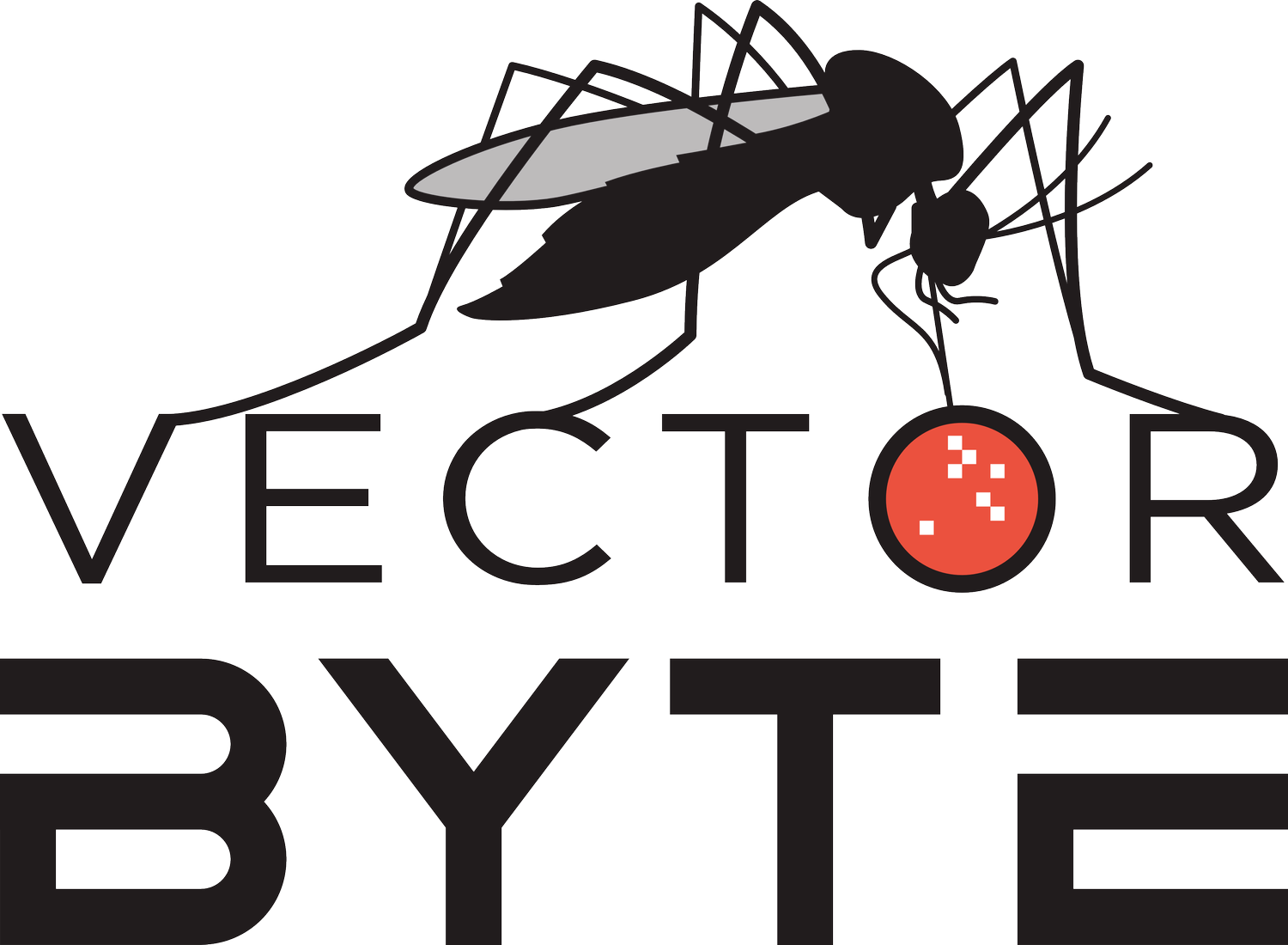Vector borne diseases account for 17% of human infectious diseases and cause billions of dollars in losses to our crops and livestock.
Information and data on interactions of vectors with their environments over space and time need to be combined.
The VectorByte initiative is establishing a global open access data platform to study disease vectors. This project serves as a hub for biological trait (VecTraits) and abundance data (VecDyn) for human and non-human disease vectors, and provides analysis tools and training to a wide audience of researchers and practitioners.
A 5-year NSF Division of Biological Infrastructure grant, awarded to Leah R. Johnson (Virginia Tech), Sadie J. Ryan (University of Florida), Samuel Rund (University of Notre Dame) in collaboration with Samraat Pawar (Imperial College London).
This initiative – VectorByte - is to establish a global open access data platform to study disease vectors. This 5-year project will not only serve as a hub for biological trait and abundance data for human and non-human disease vectors, but will also provide analysis tools and training to a wide audience of researchers and practitioners.
Approximately a third of the human population is at risk for infections transmitted by mosquitoes alone, and vectors transmit many important diseases of plants and livestock. Yearly, vector borne diseases account for 17% of human infectious diseases and billions of dollars in crop and livestock losses. To better prevent and predict outbreaks of vector borne diseases, information and data on interactions of vectors with their environments over space and time need to be combined. However, efforts to do this comprehensively have been hindered by the isolation of data collected on vectors, difficulty in data accessibility, and even disparate data formats.
The main goals of this project are to build a centralized open access data platform called VectorByte, and to provide open access tools to explore and use the data, plus training and workshops, to ensure the initiative reaches a wide breadth of researchers and practitioners.
